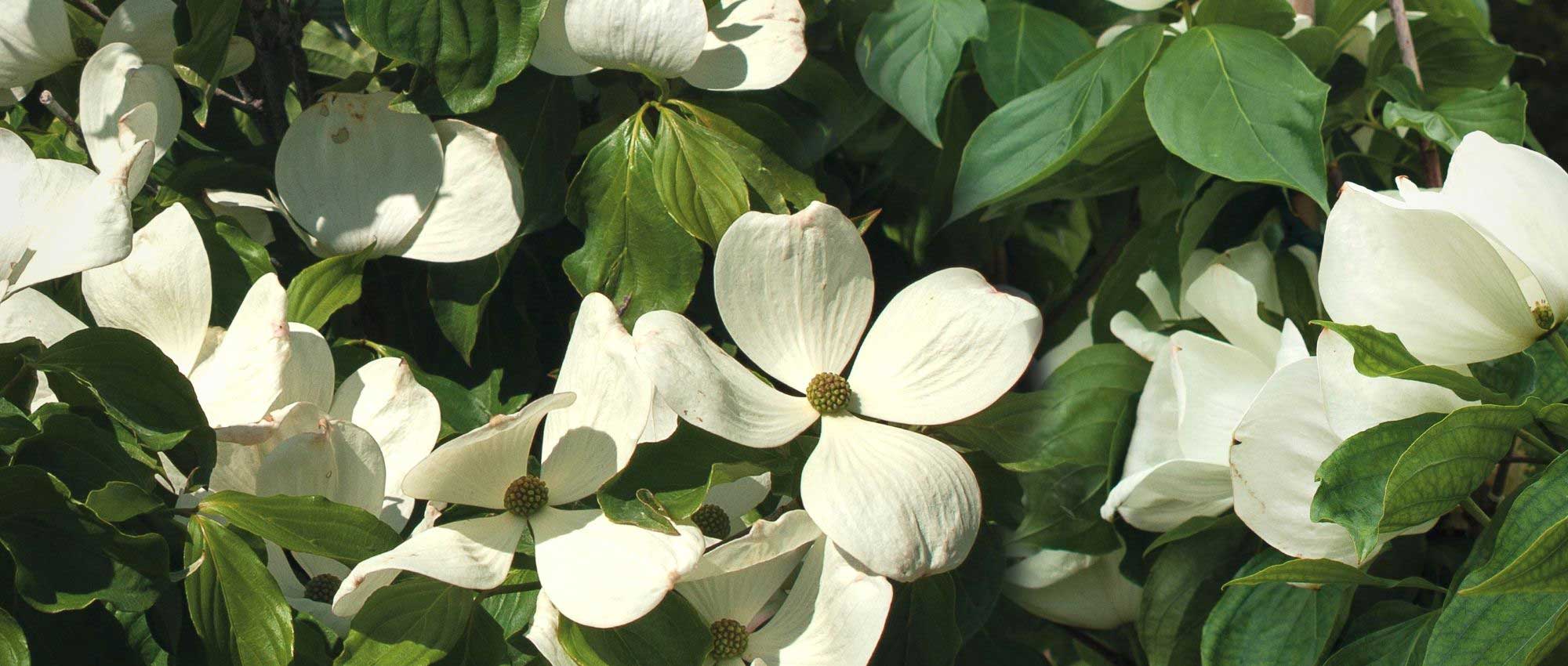
10 XXL flower bushes
Discover their spectacular flowering!
Contents
Magnolia grandiflora, Camellia, Rhododendron, Cornus kousa or Protea: some bushes stand out for their impressive flowering! And within these genera or species, some varieties have even larger flowers. Scale up and discover XXL-flowered bushes! By choosing these bushes, you’ll be sure to create an impressive garden. Their diversity adapts to different styles and atmospheres: the refined flowers of tree peony and of the rose ‘Paul Neyron‘ are perfect in a romantic garden, those of Protea are better suited to an exotic border, the sober and elegant flowering of Cornus kousa is ideal in a white garden, while the radiant flowers of rhododendrons will find their place in a much more colourful garden!
Discover our most beautiful giant-flowered bushes, along with our tips to help you grow them successfully!
Hibiscus 'Rose Moon'
Hibiscus syriacus x paramutabilis ‘Rose Moon’ is a bush that bears large flowers 17 cm in diameter in summer! They are single, made up of five broad petals of pale pink, maculate with dark pink–red at the centre. Flowers are short-lived but flowering is continuous from July to October. This bush is the result of a cross-breeding between Hibiscus syriacus, or Althéa, and Hibiscus paramutabilis, from which it inherits its enormous flowers. At ripeness it can reach up to 3 metres in height with a 1.8 m spread. It also has attractive glossy dark green leaves. It is a hardy bush, easy to grow. It combines well with other bushes, for example in a hedge or in a mixed shrub border with roses, spireas, buddleias, etc.
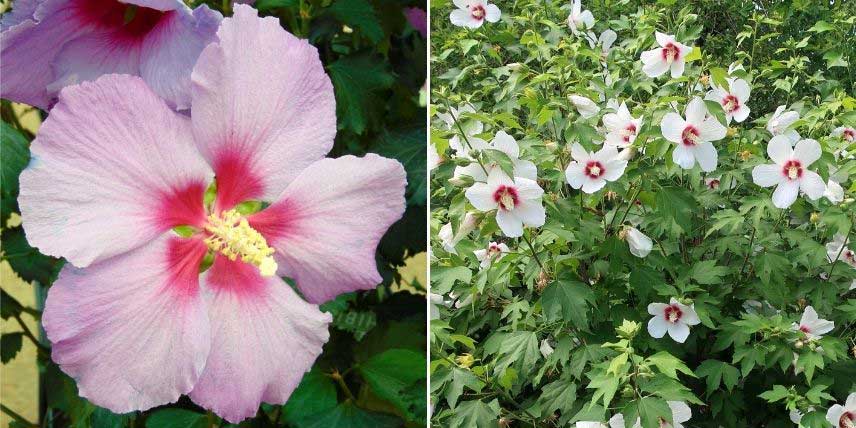
Hibiscus paramutabilis x syriacus ‘Rose Moon’ and ‘Lohengrin’ (a white-flowered variety, very similar to ‘Rose Moon’)
Magnolia grandiflora
Magnolia grandiflora is an evergreen magnolia, vigorous and very floriferous, which produces large, delicately scented white flowers in summer, from June to August. It also bears large, glossy dark-green leaves that persist even in winter. For varieties, we recommend Magnolia grandiflora ‘Alta’ or ‘Ferruginea’, which have flowers measuring 15 to 25 cm in diameter. These magnolias deserve to be planted as solitary specimens, for example in the middle of a short grass meadow, or in a row, to really showcase them. However, Magnolia grandiflora can, over time, grow to imposing proportions. If looking for smaller bushes better suited to small gardens, choose variety ‘Little Gem’, which does not exceed 2.50 m in height, or Magnolia stellata or M. soulangeana.
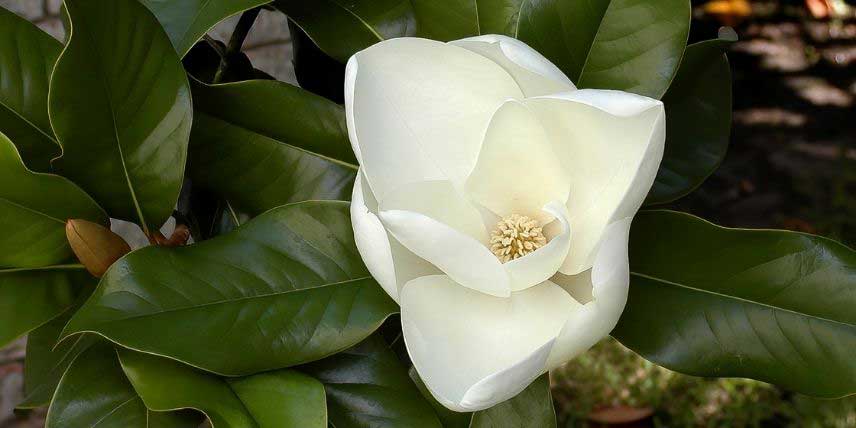
Large white flowers of Magnolia grandiflora (photo by Surely Shirly)
Discover other Shrubs
View all →Available in 0 sizes
Available in 1 sizes
Available in 1 sizes
Available in 1 sizes
Available in 1 sizes
Available in 1 sizes
Available in 1 sizes
Available in 1 sizes
Available in 1 sizes
Available in 1 sizes
Camellia williamsii
Camellia williamsii are sturdy, robust and very floriferous bushes, resulting from a cross-breeding between Camellia japonica and Camellia saluenensis. We particularly recommend the Camellia williamsii ‘Donation’, which produces large semi-double pink flowers from January to April, about 12 cm wide. It does not exceed 1.20 m in height and bears evergreen, dark green, glossy leaves. Plant preferably in shade or partial shade, in humus-bearing, acidic, well-draining soil, alongside rhododendrons, Japanese maples, kalmia, Nandina…

Large pink flowers of Camellia x williamsii ‘Donation’
Hydrangea 'Teller Blue'
Hydrangea macrophylla ‘Teller Blue’, also known as ‘Blaumeise’, produces large flat inflorescences from July to September, made up of small fertile flowers at the centre and large, well-open sterile flowers at the periphery, blue‑violet in acidic soil and rather pink‑mauve in neutral or calcareous soil. At ripeness it forms a bush 1.5 m tall with a 1.8 m spread. It is a vigorous, very hardy and floriferous bush. It can be paired with ferns, foxgloves, Japanese maples, Nandina and other hydrangea varieties.
Also discover the impressive Hydrangea arborescens ‘Annabelle’, which bears immense white, spherical inflorescences measuring up to 30 cm in diameter.
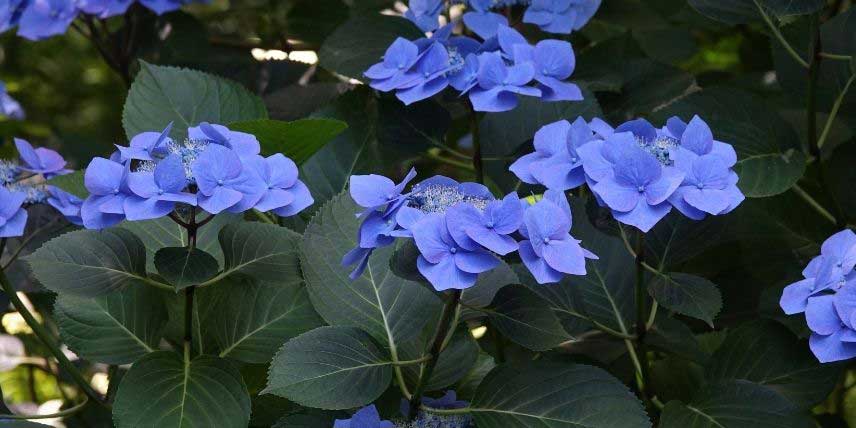
Inflorescences of Hydrangea macrophylla ‘Teller Blue’, also called ‘Blaumeise’, composed of large sterile flowers
Rhododendron 'Lem's Monarch'
Rhododendrons also impress with their large, often very colourful flowers! We particularly recommend the variety ‘Lem’s Monarch’, which bears in May–June large pink flowers 10 to 12 cm wide, grouped in dense inflorescences. The flowers are light pink–white at the centre of the petals, and a deeper pink towards the outside, with the petal edges slightly undulate. These shades create a very delicate and romantic effect! ‘Lem’s Monarch’ reaches up to 2 metres in height at ripeness and bears evergreen leaves, dark green and glossy. In the garden, pair it with Pieris, Azaleas, Japanese maples and Kalmias, in a heather soil bed.
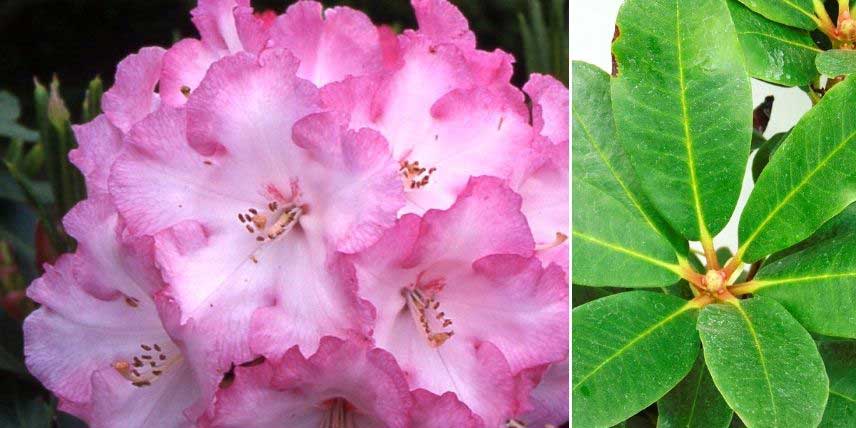
Flowering and foliage of Rhododendron Lem’s Monarch
Cornus kousa 'Venus'
All Cornus kousa produce impressive flowers, composed of four white or pink bracts. Those of the variety Venus appear slightly larger than those of other varieties. They are white and measure up to 15 cm in diameter. This dogwood flowers in late spring, usually in May–June, for several weeks. Its flowers are followed by small red fruits. It also bears dark green leaves that turn beautiful orange colours in autumn before falling. Resistant to powdery mildew and anthracnose, it is a low-maintenance bush and easy to grow.
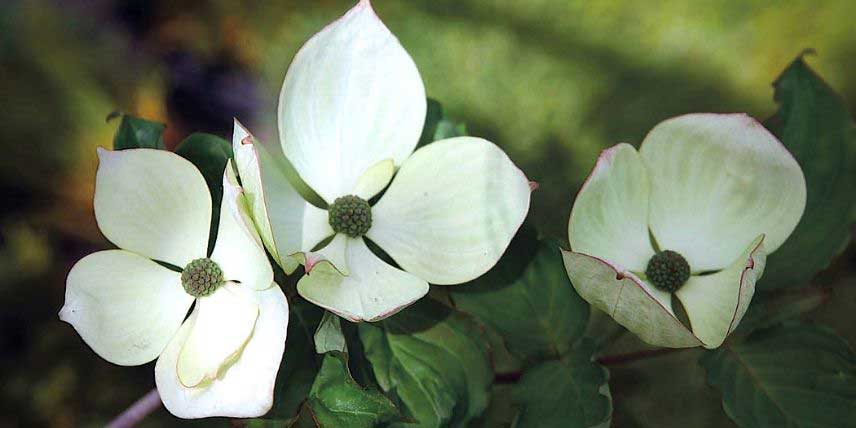
Large white flowers of Cornus kousa ‘Venus’ (photo De Nolf)
Protea cynaroides
Royal Protea, or Protea cynaroides, is a small bush with a very distinctive appearance! There are several varieties: we recommend the type species, Protea cynaroides, or the variety Protea cynaroides ‘Pink Crown’, which bears flowers 20 to 30 cm in diameter. Flowers form large flared cups made up of large pink bracts on the outside, surrounding small pink flowers dusted with white. Its majestic flowers are emblematic of South Africa! Protea does not grow very large, reaching no more than 1 metre in height. Place in a warm sunny spot and use a well-draining, rather poor and acidic substrate. Unfortunately it is not very hardy (down to about -5 °C in dry soil for mature plants), so cultivation should be limited to regions with very low risk of frost, or elsewhere grow in a pot and bring under cover for the winter.
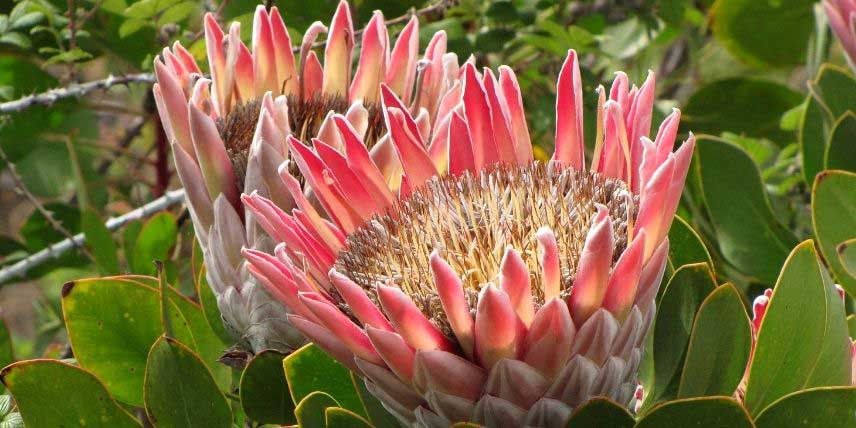
Huge inflorescences of Protea cynaroides (photo Forest and Kim Starr)
Rose 'Paul Neyron'
With flowers measuring 15 cm in diameter, ‘Paul Neyron’ is one of the roses that offers the largest flowers! It flowers in early summer, in June–July, and can then reflower generously in September–October. Its flowers are a lovely shade of pink and are fully double, with many imbricate petals, and they give off a light, pleasant fragrance. They resemble peony-like flowers and are borne on sturdy, sparsely thorny stems. ‘Paul Neyron’ forms a bush reaching up to 1.70 m in height at ripeness. You can also choose other large-flowered roses: Mme A. Meilland (Peace), Yves Piaget, Honoré de Balzac…
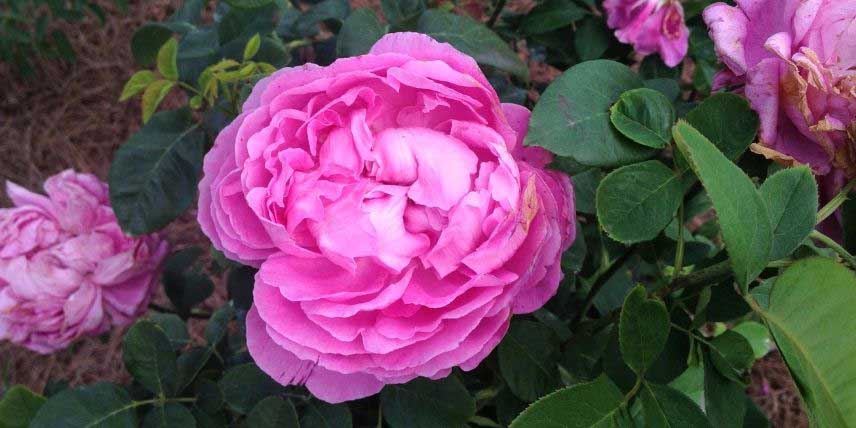
Large flowers of old rose ‘Paul Neyron’ (photo Malcolm Manners)
Tree peony 'Bai Yuan Hong Xia'
Bush peonies bear very large flowers, which can be single or double, and reach between 10 and 25 cm in diameter. We particularly recommend variety Paeonia suffruticosa ‘Bai Yuan Hong Xia’, which offers very beautiful dark purple, fully double flowers, made up of numerous imbricate petals with a tousled appearance. At ripeness it can reach up to 2 metres in all directions, and like all peonies it displays very decorative, finely cut foliage. Plant it in sun or partial shade, in good garden soil, fresh and well drained.
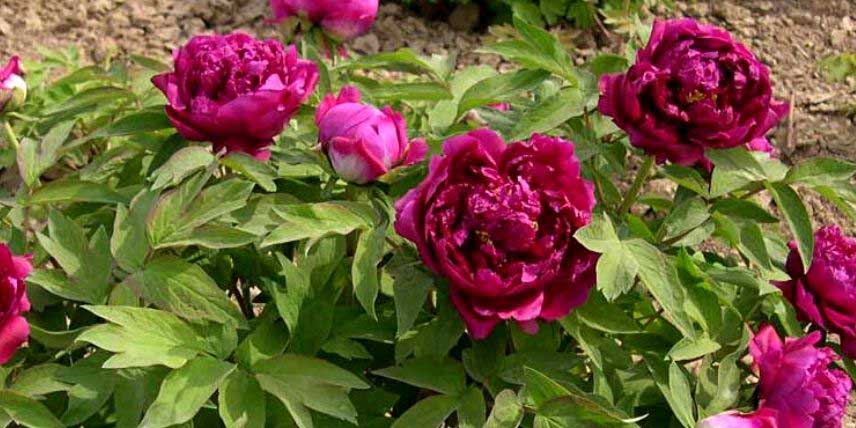
Flowering of bush peony Paeonia suffruticosa ”Bai Yuan Hong Xia’ (photo Denolf)
Gordlinia grandiflora
Gordlinia grandiflora is an uncommon bush, quite similar to camellias. It produces large white flowers, 10 to 12 cm in diameter, between July and September, consisting of five petals surrounding a centre of yellow stamens. It also bears large, glossy dark green leaves, semi-evergreen, somewhat similar to those of rhododendrons. It is a bush suited to heather soil, reaching up to 3 metres in height with a 2-metre spread. It takes a little time to establish, and once planted it needs 3 to 4 years before it begins to flower. Regarding its hardiness, it can withstand down to -10 °C / -12 °C.
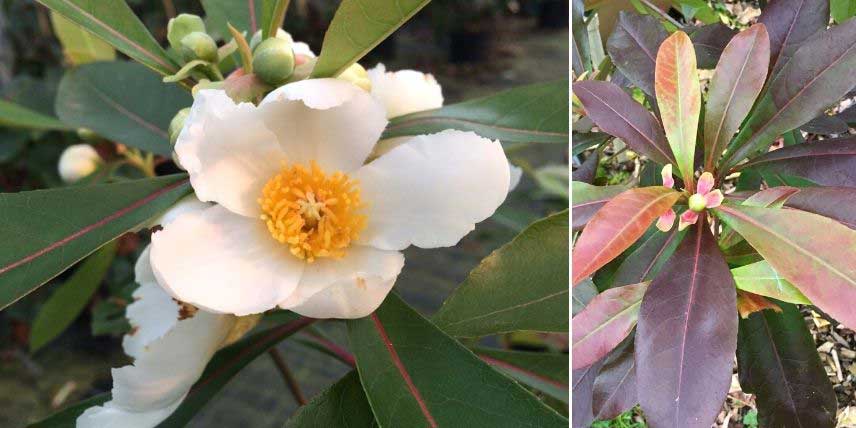
Large white flowers with yellow stamens and foliage of Gordlinia grandiflora
- Subscribe!
- Contents
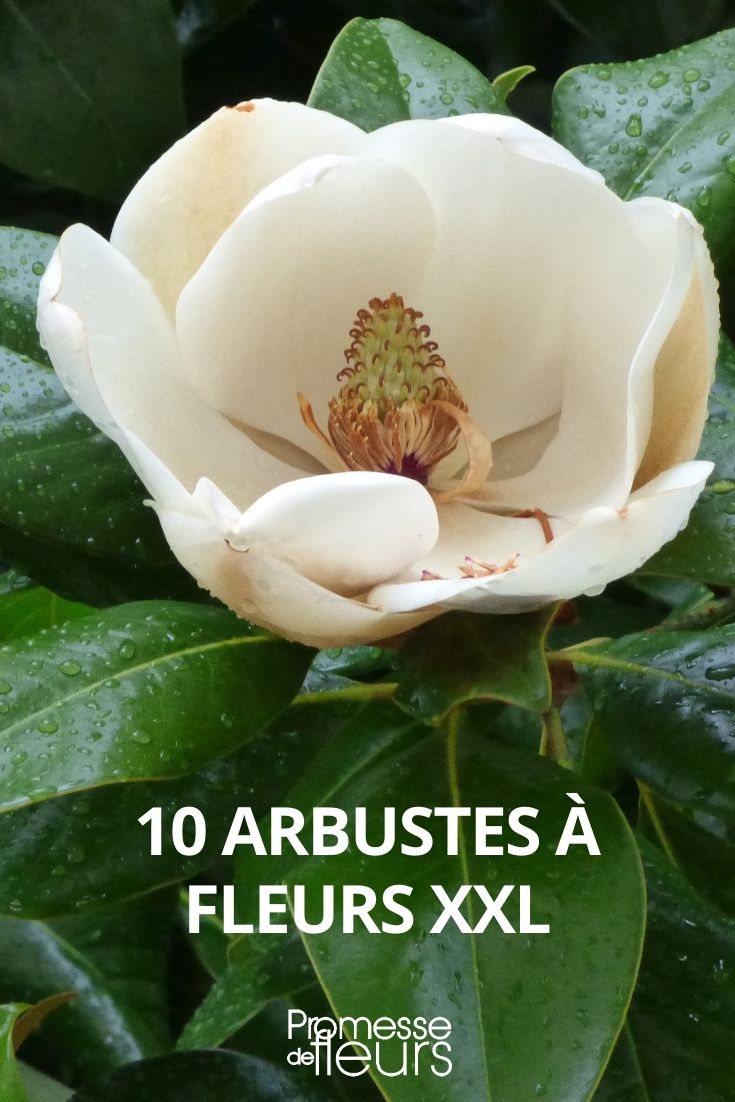































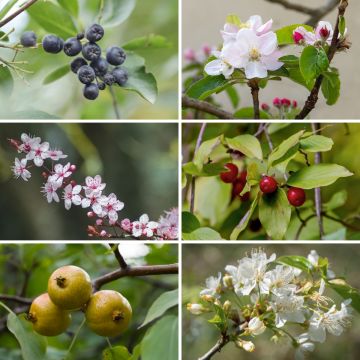
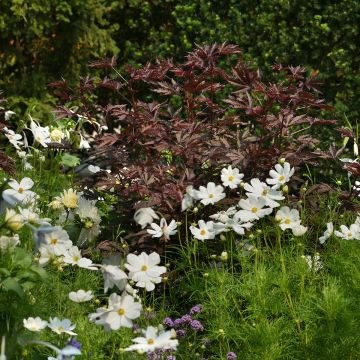
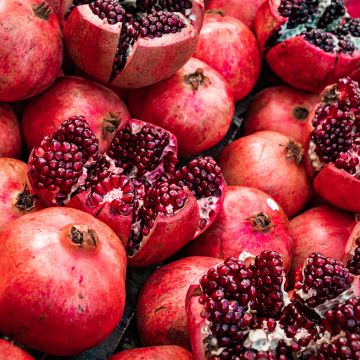
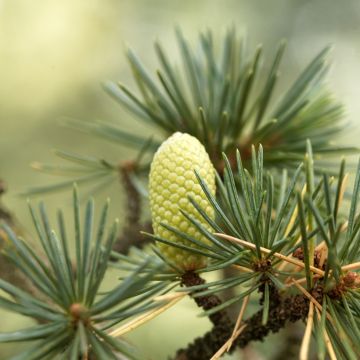
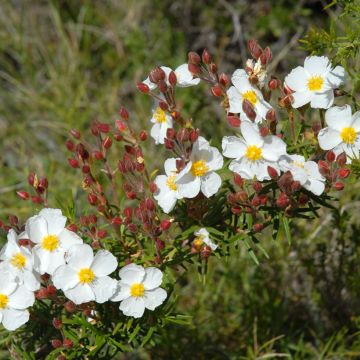
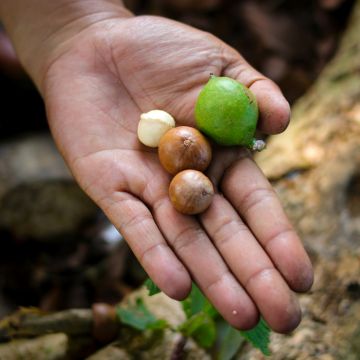
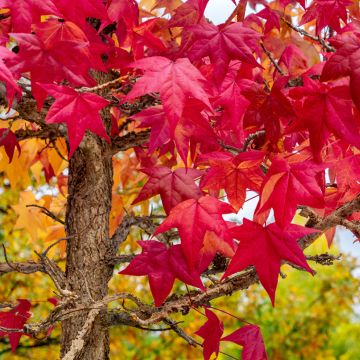
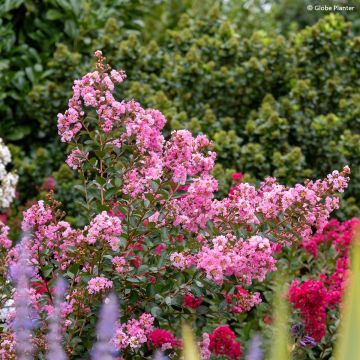
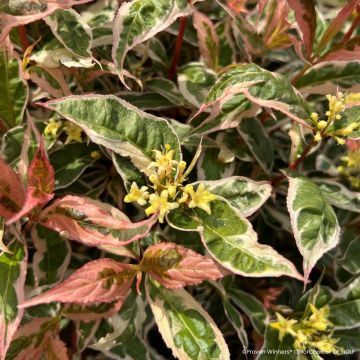
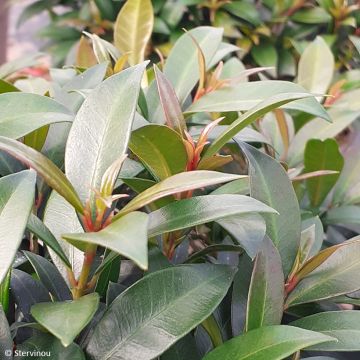
Comments